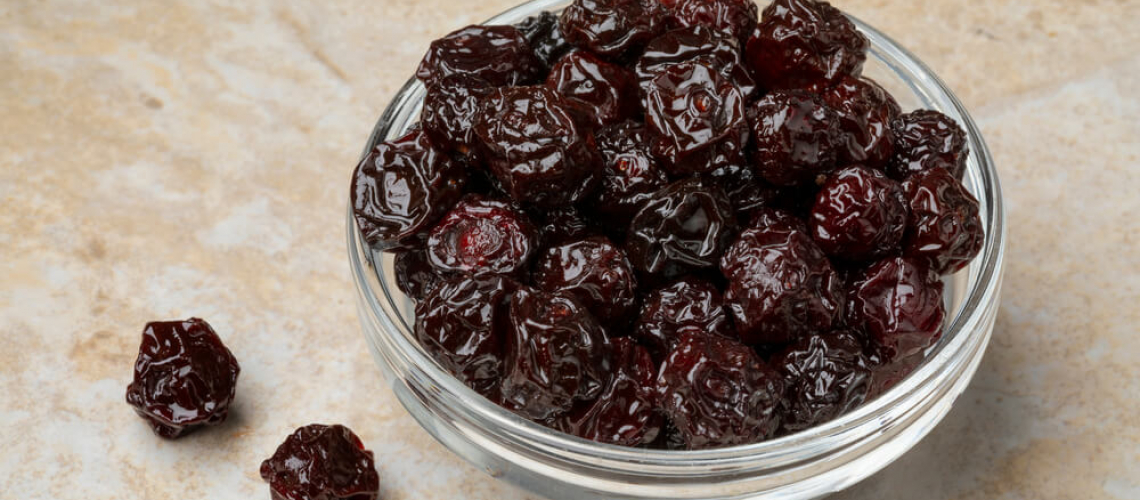
Cherry, any of various trees belonging to the genus Prunus and their edible fruits. Commercial production includes sour cherries, which are frozen or canned and used in sauces and pastries, and sweet cherries, which are usually consumed fresh and are the principal type preserved in true or imitation maraschino liqueur. A number of species are grown as ornamentals for their prolific spring flowers, and the dark red wood of some cherry species is especially esteemed for the manufacture of fine furniture.
Most cherry species are native to the Northern Hemisphere, where they are widely grown. Some 10 to 12 species are recognized in North America and a similar number in Europe. The greatest concentration of species, however, appears to be in eastern Asia. The native habitat of the species from which the cultivated cherries came is believed to be western Asia and eastern Europe from the Caspian Sea to the Balkans.
Three types of cherries are mainly grown for their fruit: sweet cherries, sour cherries, and, grown to a much smaller extent, the dukes, which are crosses of sweet and sour cherries. Sweet cherry trees are large and rather upright, attaining heights up to 11 meters (36 feet). The fruit is a fleshy drupe (stone fruit) that is generally heart-shaped to nearly globular, about 2 cm (1 inch) in diameter, and varies in color from yellow through red to nearly black. The acid content of the sweet cherry is low. The higher acid content of the sour cherry produces its characteristic tart flavor. Sour cherry trees are smaller, rarely over 5 meters (16 feet) in height. The fruit is round to oblate in shape, is generally dark red in color, and has so much acid that it is not appealing for eating fresh. The duke cherries are intermediate in both tree and fruit characteristics. The fruits of all varieties provide vitamin A and small amounts of such minerals as calcium and phosphorus.
MANI Sour Cherries Snacks
Mani Sour Cherries snacks are provided with three different sizes to fit any kind of gathering. Watching the red fingertips of the hands, after eating large and juicy sour cherries, has a pleasure which you cannot find while picking cherries from garden trees in summer. If you take one, its all over and done, and you surely continue eating the last. You can read more about these delicious snacks and buy them online from the link below.